Any classic or experimental design ideas?
cranebill
19 years ago
Related Stories

FURNITUREThe Classic Slipper Chair: A Handy Accent for Any Room
14 great ideas for using this superbly versatile armless chair around the house
Full Story
LANDSCAPE DESIGNKoi Find Friendly Shores in Any Garden Style
A pond full of colorful koi can be a delightful addition to just about any landscape or garden
Full Story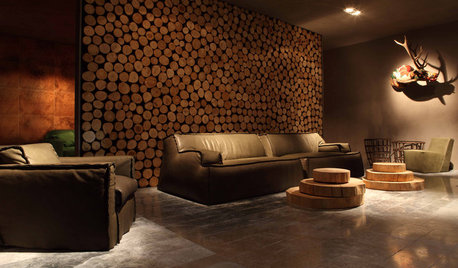
True Grit: Classic, Old-West Style Design
Design Eye on the Oscars: How to Bring a Little True Grit Home
Full Story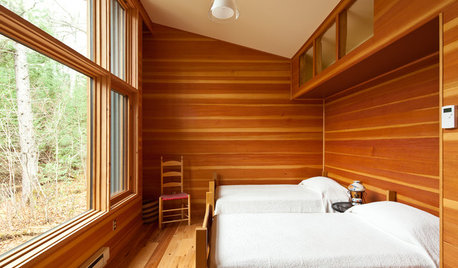
TRADITIONAL STYLE5 Classic Shaker Designs for the Contemporary Home
Clean lines and practicality are intrinsic to this popular style and its modern interpretations
Full Story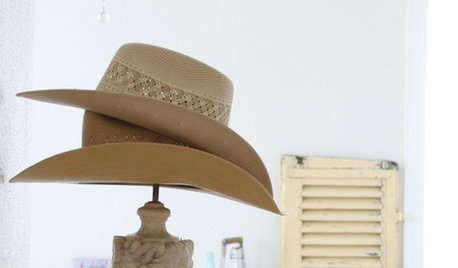
DECORATING GUIDESClassic Country Style Speaks to a New Generation
Homespun touches like animal accents, rodeo art and rustic colors help bring traditional country style to any room in the home today
Full Story
TASTEMAKERSClassic Decor Gets Its Due — in a Giftworthy Book
Entertainment and education mingle in this design reference, brimming with anecdotes, history and design lessons for today
Full Story
DECORATING GUIDESA Designer’s 8 Go-to Decor Pieces
Classic designs such as a Saarinen table and a Chinese garden stool will lift just about any room
Full Story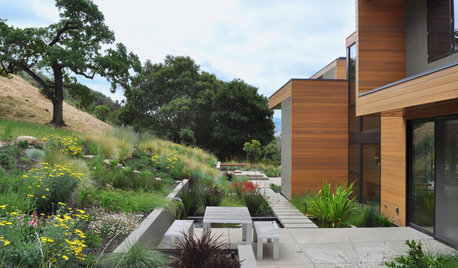
LANDSCAPE DESIGNOutdoor Style: Creative Ways With Classic Concrete
Have you cast concrete aside as being too dull or crack-prone? Learn about new design options along with the basics of using it outside
Full Story
KIDS’ SPACES8 Beautiful Nursery Styles From Classic to Whimsical
Go as traditional or as fun as you please. These nurseries offer grand inspiration for all kinds of looks
Full Story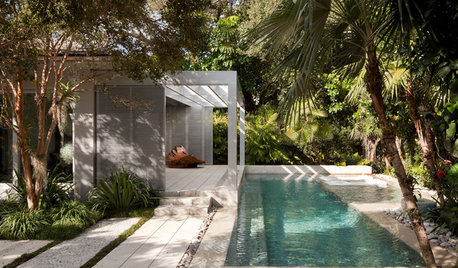
LANDSCAPE DESIGNElements of Modernist Landscapes, Classic and New
Can a garden be modernist without the lawn and glass-walled views from indoors? See which midcentury principles still work for today
Full Story





hardrockkid
Rachaelfish
Related Professionals
New Bedford Landscape Architects & Landscape Designers · Owings Mills Landscape Architects & Landscape Designers · Allentown Landscape Contractors · Chattanooga Landscape Contractors · Dudley Landscape Contractors · Mount Sinai Landscape Contractors · Rockville Landscape Contractors · West Haverstraw Landscape Contractors · Camp Springs Landscape Contractors · Hueytown Landscape Contractors · Bothell Fence Contractors · Columbia Fence Contractors · Orlando Fence Contractors · Owings Mills Fence Contractors · Pensacola Fence ContractorsBruMeta
NHBabs z4b-5a NH
Bellingham
seachl